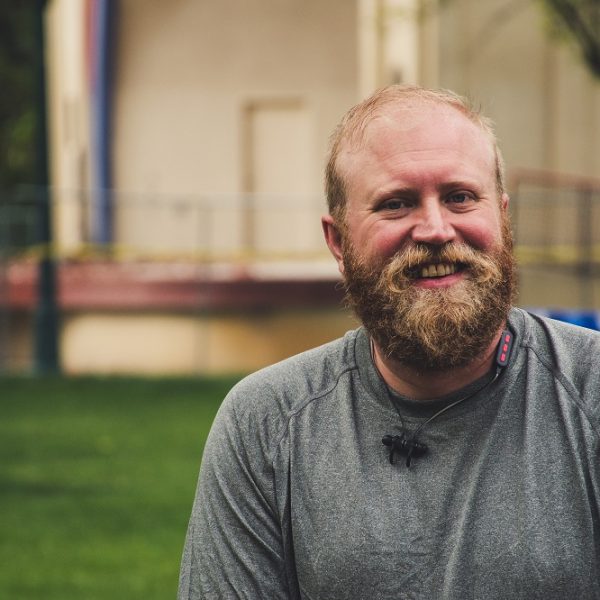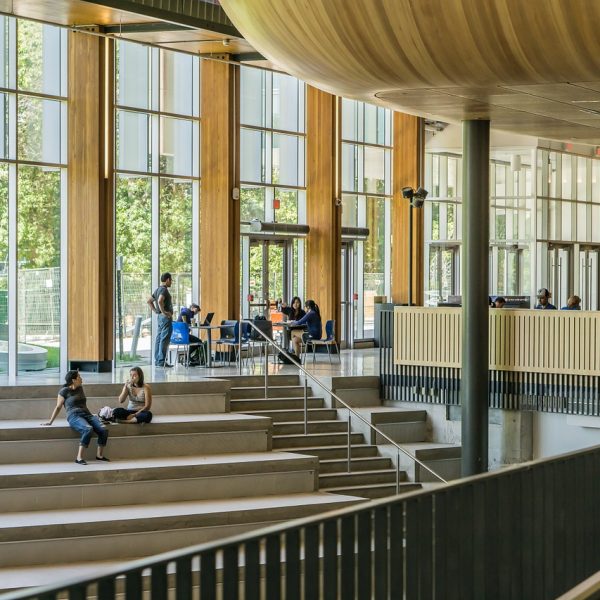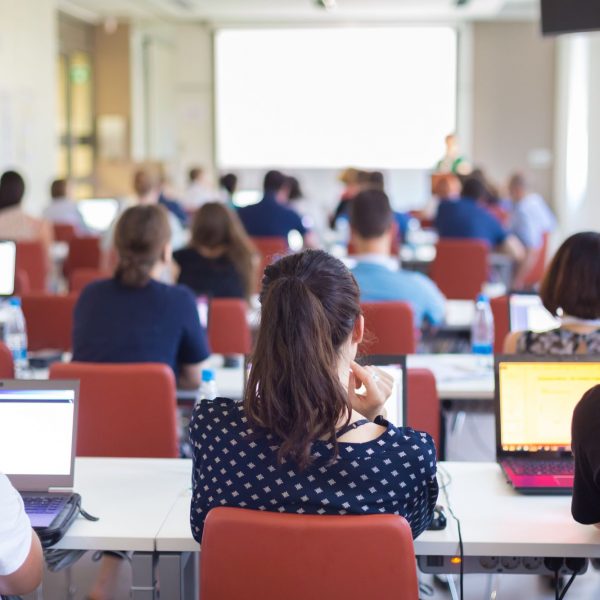Adam’s Improved Quality of Life

Adam is a web developer based in Victoria. His work — which involves long hours on the computer — is taxing on his body due to a spinal cord condition.
“I have a spinal cord condition that causes chronic back and lower body pain. It makes it difficult to sit or stand for prolonged periods,” he says. “It also makes it difficult to concentrate and problem solve.”
Home Office Ergonomics Part 1

During the Covid-19 pandemic a lot of people will be working from home due to the mandated quarantine measures. Most home teleworkers will have to spend hours a day working on their computers and telephone, but they will not have the proper furniture and equipment to reduce the risks of developing muscular skeletal injuries due to improper body positioning and biomechanics.
Jeffrey Improves His “Ability to Listen and Follow Conversation” with Hearing Aids

Jeffrey is an apartment manager in Vancouver, responsible for everything from checking new tenants into the building to responding to on-call issues like noise complaints.
It’s a job that requires good communication with tenants and the contractors he calls to take care of maintenance issues.
However, he’s been struggling with his hearing — dealing with tinnitus, sound sensitivity, and hearing loss.
“Without this help, I never would have been able to get hearing aids.”

Working for a home care provider in Kelowna, Karen helps clients live in their own homes by coming over and helping them with tasks ranging from meal prep to dressing and bathing.
Karen was finding, however, that she needed help herself.
“I am a middle aged woman in fair health with a hearing impairment,” she explains. “I cannot always hear what clients are saying.”
At-Home Learning Resources for Students

Up until recently, most of us haven’t had to stay at home with our school-aged children for extended (and unexpected) periods of time. In these situations, it’s essential that parents provide their children with stimulating learning resources. Doing this not only keeps the kids learning and focused on positive, educational ideas, but it also gives parents time to work, clean, prepare food, or to simply take a moment for themselves.
With that in mind, we’ve assembled a list of educational resources designed for at-home learning. These resources are mostly aimed at school-aged children, and all the content listed below is free.
Accommodations Allow Tessa to Embark on an Education for a New Career

Tessa couldn’t be happier with the accommodations she received through WorkBC Assistive Technology Services.
“I cannot stress enough how important these accommodations were to giving me the opportunity to continue my education. I highly doubt that going back to school would be possible without the proper equipment that was provided to me,” she says. “Not only does this help me with work, but it gives me hope in a brighter future.”
WorkBC ATS “Changed My Life and Perhaps Saved My Life”

Oliver is the director of a design academy in Victoria. As director, he’s a man of many hats, having a hand in everything from human resources to IT support to public outreach.
“My challenge is adapting to a rapid loss of hearing,” he shares. “This impacts my ability to communicate.”
WorkBC Assistive Technology Services Helps David Perform At Work

David is a lead hand supervisor at a post-secondary institution in Kelowna. He is in charge of a wide variety of tasks on campus from event set-up to installing whiteboards to snow removal.
David has suffered from hearing loss since he was born. This can make many parts of his job, which requires a lot of communication with college staff, a lot tougher.
Choiceworks Calendar

Calendars have been used as our primary means of organizing and scheduling for thousands of years, so it perhaps shouldn’t be much of a surprise that even in the digital era that we live in today, the basic structure and utility of the calendar hasn’t really changed, although it certainly has become digitized. This is great news for individuals who struggle with reading, writing, and executive functioning, or for anyone who simply forgets to, or chooses not to use paper calendars, because with this digitization comes convenience, and most importantly, an increase in accessibility.
Dana Is Able to Continue Her Career Thanks to Her New Hearing Aids

Dana works as a real-time transcriber for post-secondary students, largely at the University of Victoria, captioning lectures for students who are hard of hearing or deaf.
However, Dana was finding she was struggling with her own hearing.
“I often work in a team with another transcriber, so I would notice they were getting things — mostly student comments that were across the room — that I wasn’t fully hearing. As you can imagine, where my job is to actually hear for someone, this became quite alarming,” she explains.



